ESOMAR Connect: Shaping tomorrow’s insights in Vietnam – hosted by Cimigo
Jun 05, 2025
Join us for ESOMAR Connect: Shaping tomorrow’s insights in Vietnam on Thursday, June 26th at
Failing forward: The art of pivoting through failure
The art of pivoting through failure. Innovation often emerges from the most unexpected places. Take, for instance, the story of Post-it Notes, which sprang from an accidental adhesive formula. This illustrates the paradoxical nature of innovation where failures can lead to groundbreaking discoveries. But when does a misstep become an opportunity for innovation?
Innovation failure, in itself, isn’t the end of the road; it’s a pivotal moment. It’s when a company encounters obstacles, faces challenges, and sometimes stumbles. Pivoting is about adapting, transforming, and embracing fresh strategies, all learned from the valuable lessons of these failures. It’s not just any failure; it’s the kind that provides valuable insights and drives progress – “intelligent failures.”
Thomas Edison’s 1,093 patents serve as compelling evidence for the value of pivoting through failure. He didn’t stumble upon the light bulb; he discovered a thousand ways it didn’t work. Similarly, James Dyson’s 5,000 prototypes underscore the importance of relentless iteration, showcasing that innovation often involves a process of refinement, no matter how minute.
Design thinking thrives on intelligent failure. It’s a structured approach to problem-solving that encourages testing, iteration, and, yes, even failure. It begins with deep empathy for people, a deep understanding of their needs, and the courage to explore unconventional solutions. In this process, failures aren’t dead-ends; they’re steppingstones to the next “A-ha” moment.
The culture of embracing intelligent failures and adaptability lays the foundation for companies to explore pivoting strategies when they encounter new and pressing problems or opportunities. Many global brands and tech platforms served a completely different purpose at their inception, before evolving into what we know today.
Every now and then, a single feature can become the heart and soul of a product. Today, Instagram stands as a selfie-filled, content creator-run social media powerhouse, owned by Facebook and valued at an estimated $100 billion, with over 1 billion users. However, before Instagram evolved into the media-sharing platform we know today, it began as Burbn, a complex check-in app. Realising that it was too complex and too similar to Foursquare, the founders eventually refocused their app on photo-sharing, a key feature that proved to be a hit among the app users.

Image: The first ever ‘Gram, a photo of South Beach Harbor at Pier 38, posted by Mike Krieger (@mikeyk) at 5:26 p.m. on July 16, 2010.
In a similar pivot journey, Slack originally emerged to serve game developers’ needs while working on the online game ‘Glitch’ in 2011. Stewart Butterfield and the Tiny Speck team realised the lack of suitable team collaboration tools and created their internal communication platform to facilitate interactions between US and Canadian offices. Although ‘Glitch’ had an initial 2011 launch but was later returned to beta, by 2012, Butterfield deemed it unviable. However, their internal communication platform revealed its true potential. This shift led to the official 2014 launch of Slack, rapidly achieving unicorn status the same year. In a significant development, business software giant Salesforce acquired Slack for £27.7 billion in 2020.
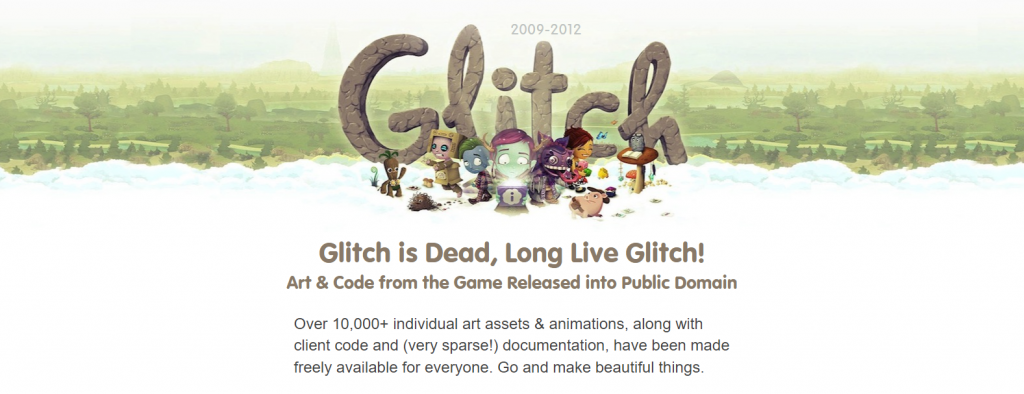
Image: Glitch The Game
YouTube’s transformation from a failed dating site to one of the world’s most popular video-sharing platforms is yet another compelling example of strategic pivoting. Conceived in early 2005 by Steve Chen, Chad Hurley, and Jawed Karim, YouTube initially operated as a video-dating platform, inspired by the website Hot or Not. Their endeavour to entice users to upload dating videos via Craigslist faced significant challenges. The difficulty in sourcing enough dating content prompted a shift in their strategy, leading the founders to accept uploads of any video. This decision marked a turning point. In 2006, Google recognised YouTube’s potential and acquired it for £1.65 billion. Today, YouTube is the second most visited website in the world, after Google Search, with more than 2.5 billion monthly users who collectively watch over one billion hours of videos daily. The platform’s influence over pop culture, politics, trends, and its role in launching numerous celebrities? Unprecedented. That is the art of pivoting through failure!
Image: “Me at the zoo“, the first ever video uploaded to YouTube, on April 23, 2005, 8:31:52 p.m.
Knowing when to pivot is just as critical as understanding the pivot process. Drawing insights from the discussed examples, there are several indicators that may suggest it’s time to consider a change:
Pivoting is not easy and can be painful; it requires us to let go of our investments in terms of resources, time, and effort. It can be difficult on an organisational scale, but it can also be difficult for individuals. It will take a mindset reframe to see failure as a noble teacher and not a judgment of character. Pivoting isn’t about avoiding failure at all costs, which is an unrealistic goal. It’s about learning from failure and using it constructively and positively. And in the workplace, more than anywhere, we can take our failures — the project that didn’t work, the pilot that flopped — and we can move into the next phase and build it into something better.


ESOMAR Connect: Shaping tomorrow’s insights in Vietnam – hosted by Cimigo
Jun 05, 2025
Join us for ESOMAR Connect: Shaping tomorrow’s insights in Vietnam on Thursday, June 26th at

How Indonesians perceive and use AI: a Snapshot from everyday life
Jun 10, 2025
Artificial Intelligence (AI) is no longer a futuristic concept; it has become an increasingly

Indonesia consumer trends 2025
May 11, 2025
Indonesia consumer trends 2025 highlights eight key reasons why Indonesia is poised for a rebound.

Kevin McQuillan - Chief Marketing Officer

Sam Houston - Chief Executive Officer
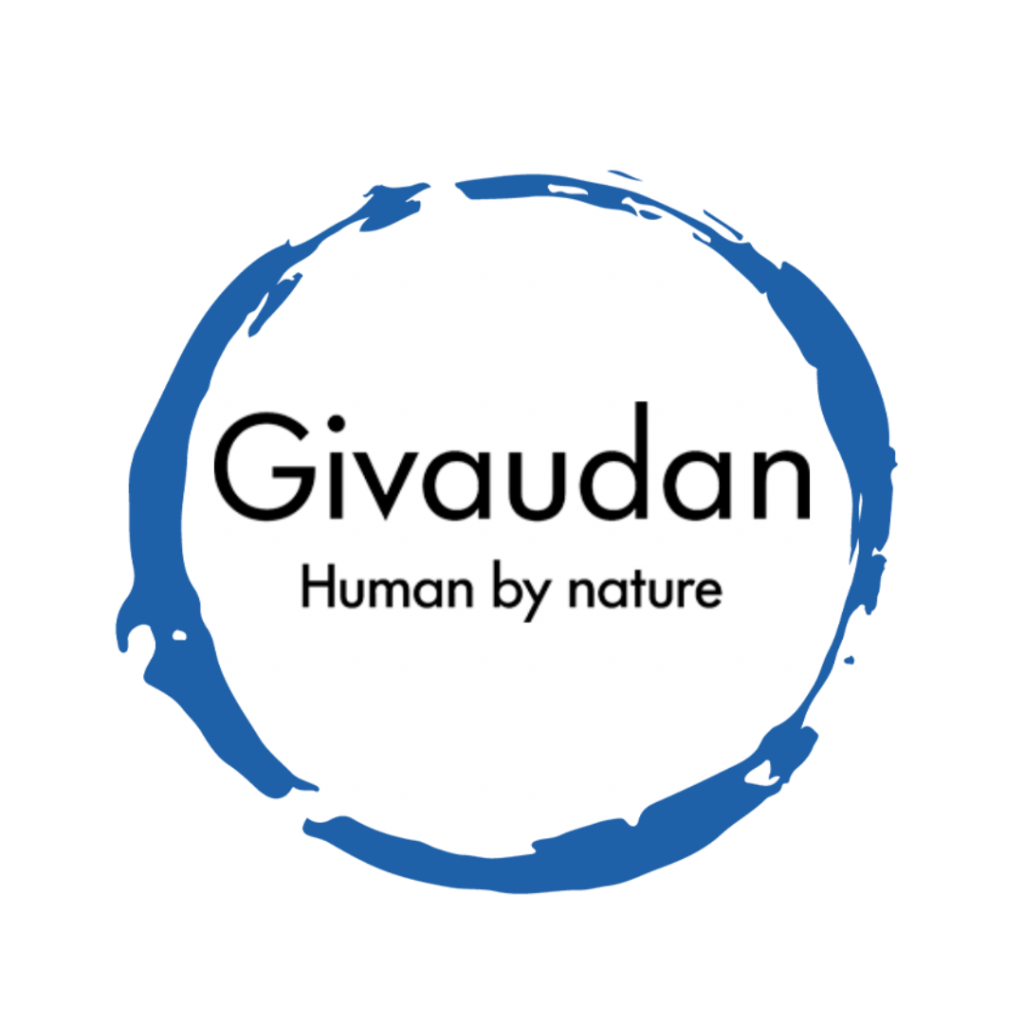
Minh Thu - Consumer Market Insights Manager

Travis Mitchell - Executive Director

Malcolm Farmer - Managing Director

Hy Vu - Head of Research Department

Joe Nelson - New Zealand Consulate General

Steve Kretschmer - Executive Director
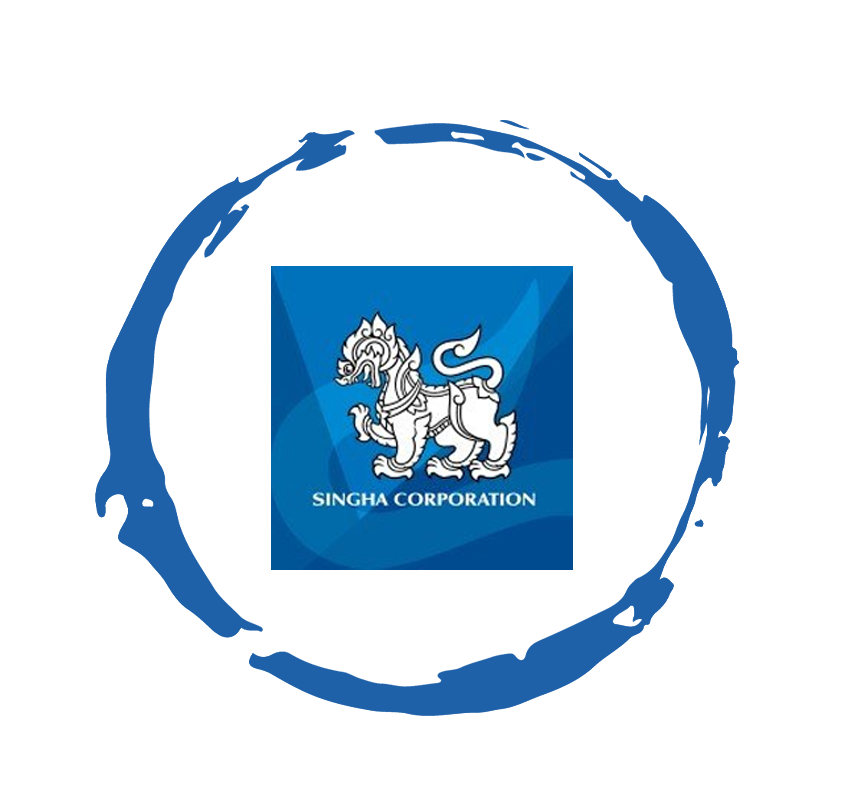
York Spencer - Global Marketing Director

Laura Baines - Programmes Snr Manager

Mai Trang - Brand Manager of Romano

Hanh Dang - Product Marketing Manager

Luan Nguyen - Market Research Team Leader
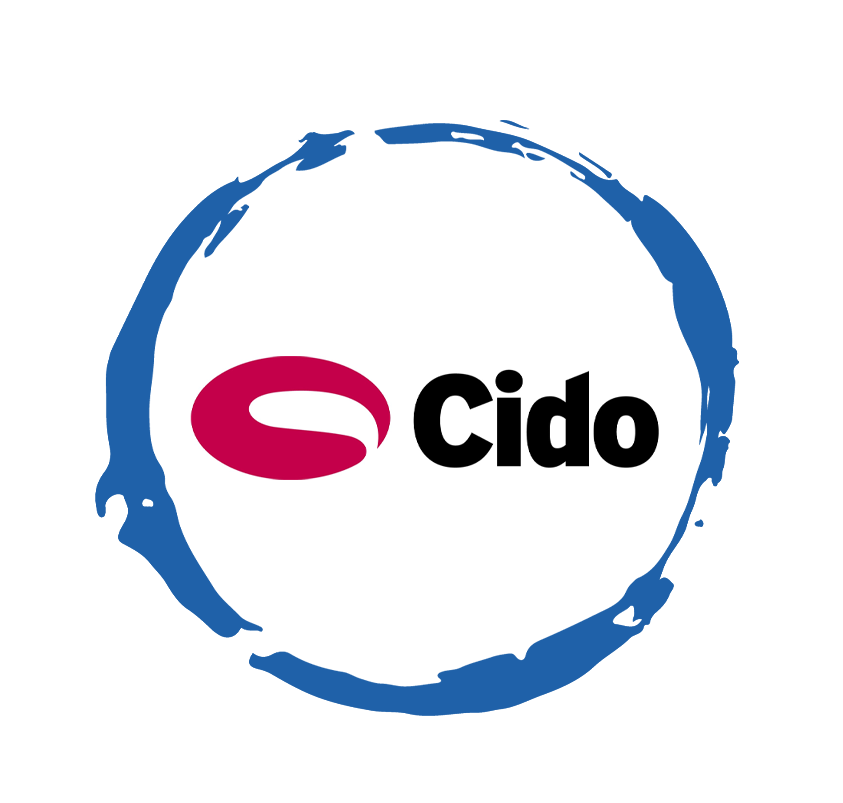
Max Lee - Project Manager

Chris Elkin - Founder

Ronald Reagan - Deputy Group Head After Sales & CS Operation

Chad Ovel - Partner

Private English Language Schools - Chief Executive Officer

Rick Reid - Creative Director

Janine Katzberg - Projects Director

Anya Nipper - Project Coordination Director

Dr. Jean-Marcel Guillon - Chief Executive Officer

Joyce - Pricing Manager

Matt Thwaites - Commercial Director

Aashish Kapoor - Head of Marketing

Kelly Vo - Founder & Host

Thanyachat Auttanukune - Board of Management
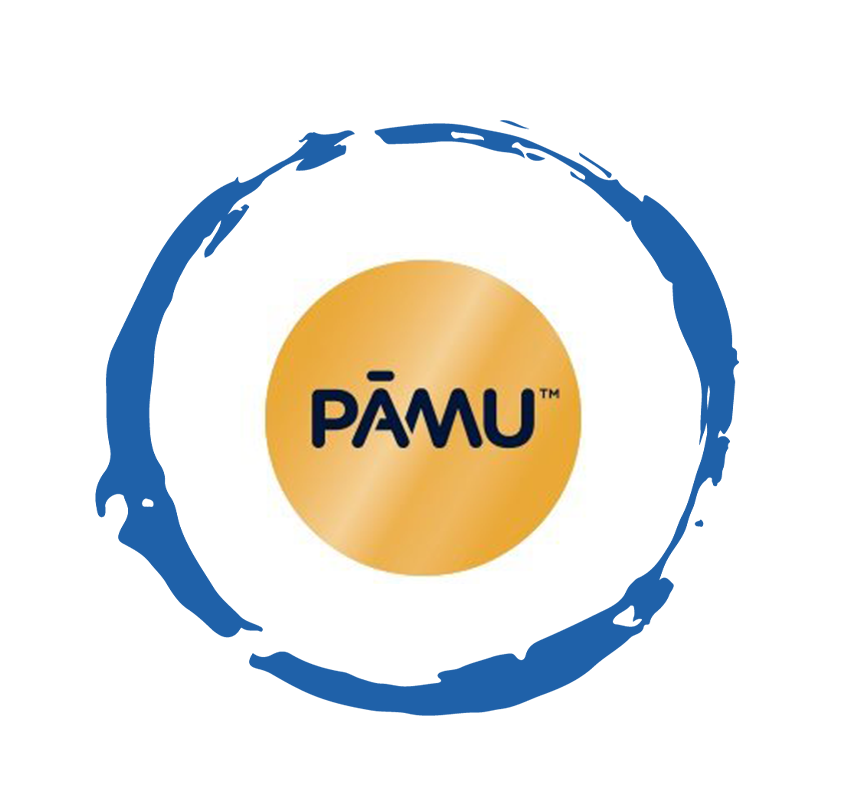
Hamish Glendinning - Business Lead

Thuy Le - Consumer Insight Manager

Richard Willis - Director

Ha Dinh - Project Lead

Geert Heestermans - Marketing Director

Louise Knox - Consumer Technical Insights

Aimee Shear - Senior Research Executive

Dennis Kurnia - Head of Consumer Insights

Tania Desela - Senior Product Manager

Thu Phung - CTI Manager

Linda Yeoh - CMI Manager

Cimigo’s market research team in Vietnam and Indonesia love to help you make better choices.

Cimigo provides market research solutions in Vietnam and Indonesia that will help you make better choices.

Cimigo provides a range of consumer marketing trends and market research on market sectors and consumer segments in Vietnam and Indonesia.

Cimigo provides a range of free market research reports on market sectors and consumer segments in Vietnam and Indonesia.
Please enter the information for free download.
The report will be sent to your email.
When downloading our reports, you agree to be contacted for marketing purposes.
Please enter the information for free download.
The report will be sent to your email.
When downloading our reports, you agree to be contacted for marketing purposes.
Vui lòng điền thông tin vào biểu mẫu bên dưới để tải về báo cáo miễn phí.
Báo cáo sẽ được gửi vào email bạn điền ở bên dưới.
Khi tải xuống các báo cáo của chúng tôi, bạn đồng ý được liên hệ cho mục đích tiếp thị.
Xin cảm ơn. Một email kèm với đường dẫn tải báo cáo đã được gửi đến bạn.
